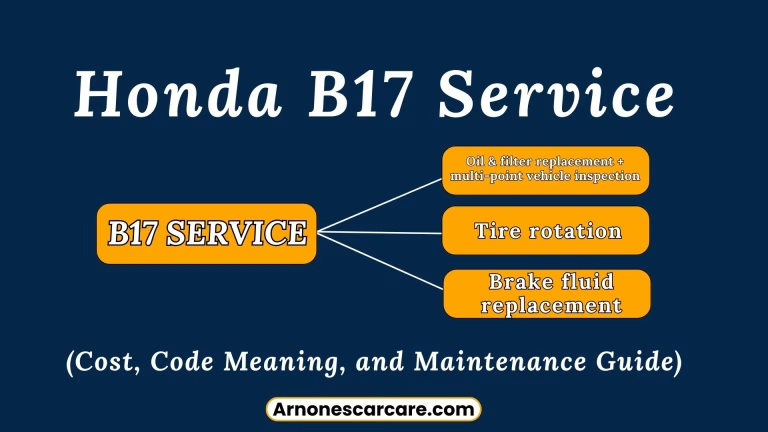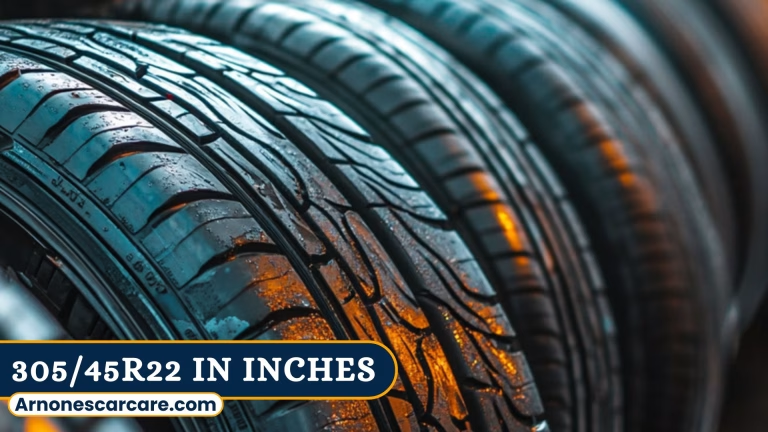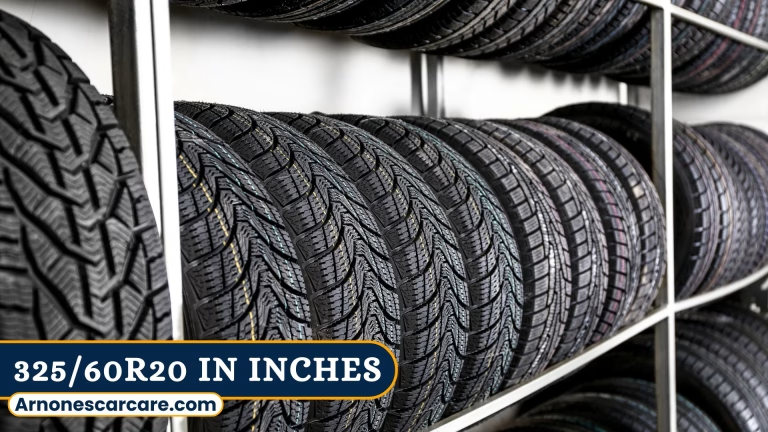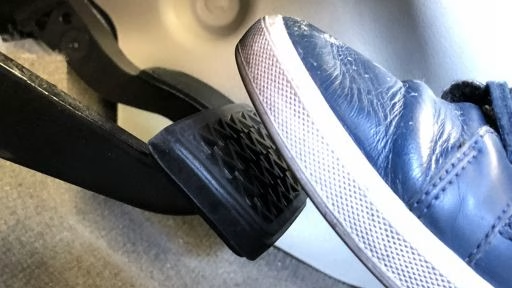
Experiencing brake failure can be overwhelming, but staying calm and following the right steps can prevent a dangerous situation from escalating. By shifting to lower gears, using the emergency brake cautiously, and steering to safety, you can regain control and protect yourself and others.
So, by understanding how to Handle Brake Failure: What to Do in Emergency Situations, you can stay composed and handle this emergency with confidence. This guide will help you recognize the warning signs of brake failure, teach you the proper steps to challenging driving emergencies.
Brake Failure Symptoms
Recognizing brake failure symptoms early can prevent an emergency. Common signs include:
- Soft or spongy brake pedal: The pedal feels mushy when pressed.
- Grinding or squealing noises: Strange sounds indicate worn brake pads.
- Car pulling to one side: Your vehicle drifts when stopping.
- Burning smell: Overheating brakes can produce a hot, chemical-like odor.
- Dashboard warning light: Modern cars often show a brake-related warning on the dashboard.
If you notice any of these signs, have your car inspected immediately to avoid potential brake failure.
What to Do if Brakes Fail?
A brake failure requires quick thinking but steady action if you’re driving.
Stay Calm
The first and most important thing to remember is don’t panic. Panicking can cloud your judgment and lead to avoidable mistakes. Take a deep breath and focus on the steps you need to take.
Press the Brakes Again
Modern cars come with dual braking systems, which control the front and rear brakes separately. This means a complete brake failure is rare. Firmly press the brake pedal to check for any remaining stopping power. If the brakes still don’t work, proceed to the next steps.
Shift to a Lower Gear
Whether you drive a manual or automatic car, downshifting to a lower gear can help slow the vehicle by using engine braking.
- Manual transmission: Shift down through the gears gradually to reduce speed.
- Automatic transmission: Use manual mode, paddle shifters, or select the “L” (low) or “2” gear if available.
Avoid shifting directly into first gear at high speeds to prevent damage or losing control.

Use the Emergency Brake
The emergency brake, also called the parking brake, operates on a separate system and might still work.
- Pull or press it slowly and steadily to avoid skidding.
- Do not yank it abruptly, as this can lock the rear wheels and make the vehicle spin out of control.
Take Your Foot Off the Accelerator
Letting go of the accelerator can help slow down the vehicle naturally. Avoid placing the car in neutral immediately, as you’ll lose engine braking, which can help reduce speed.
Steer Off the Road Safely
Once your vehicle slows down:
- Move to the right lane or shoulder of the road.
- Use your turn signals and hazard lights to alert other drivers.
- Keep a firm grip on the steering wheel to maintain control.
- Look for a safe area, such as a parking lot, or use a gravel run-off ramp if you’re on a downhill incline.
Avoid Turning Off the Engine
Turning off the engine might seem like a good idea, but it poses risks:
- You’ll lose power steering, making it harder to control the car.
- Some vehicles might lock the steering wheel, making navigation impossible.
Keep the engine running until your vehicle comes to a full stop.
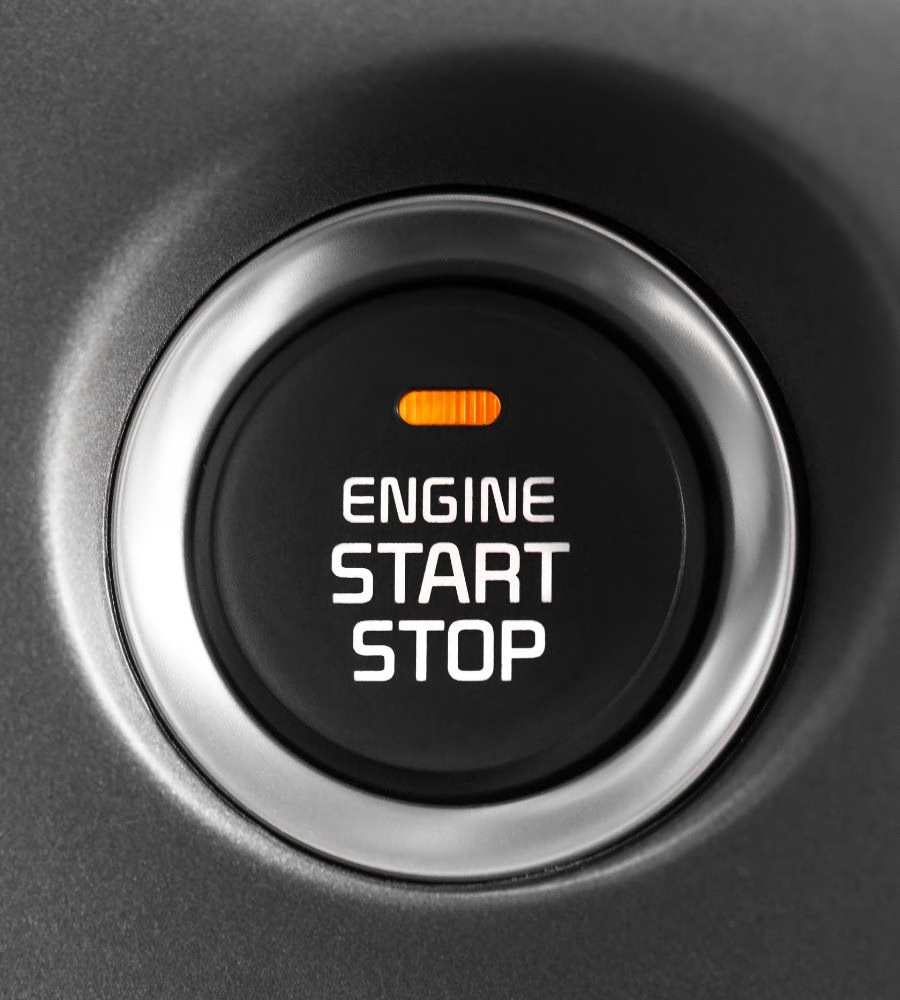
Signal for Help
Once you’ve stopped, signal for assistance. Here’s how:
- Turn on your hazard lights.
- Raise the car’s hood.
- Set up reflective triangles or road flares if available.
- Stay a safe distance from traffic while waiting for help.
Get a Professional Inspection
After safely stopping, do not attempt to drive the car again, even if the brakes seem to work afterward. Call for roadside assistance or have your vehicle towed to a trusted mechanic. A professional should inspect the brakes and repair any issues.
Should You Put Your Car in Neutral if Brakes Fail?
It’s not advisable to shift into neutral immediately when the brakes fail. Here’s why:
- Loss of engine braking: Neutral disables the engine braking effect, which is essential to slow the car down gradually.
- Reduced control: Without engine braking, you rely solely on the parking brake or steering adjustments.
Avoid putting the car in neutral right away. Instead, follow these safe actions:
- Shift to neutral carefully: This can help reduce speed and give you better control to steer toward the side of the road.
- Keep the engine running: Turning off the engine can lock the steering wheel, making it harder to control the car.
- Avoid sudden downshifting: Shifting too quickly can cause your wheels to lock and make the car skid.
Final Tips on What to Do if Your Brakes Fail While Driving
No matter where or how you’re driving, these general tips will help you handle brake failure effectively:
- Practice using the emergency brake: Familiarize yourself with how it works in your car.
- Avoid overusing brakes on steep roads: Use lower gears to maintain control.
- Have a safety plan for different terrains: Urban roads, hills, and highways each require different approaches.
- Stay visible and alert other drivers: Hazard lights, horns, and hand signals can prevent secondary accidents.
Regular vehicle maintenance is the best preventive measure. Ensure your brakes, fluids, and warning systems are routinely checked by a professional.
FAQs
What to do if brakes fail in an automatic car?
Shift to a lower gear, apply the emergency brake gradually, use hazard lights, and steer safely off the road.
What to do if brakes fail in a manual car?
Downshift to lower gears for engine braking, cautiously apply the handbrake, and maneuver to a safe stopping point.
What is the first thing you should do if your brakes fail while going down a hill?
Shift to the lowest gear available to use engine braking and gradually apply the emergency brake.
What to do if your brakes fail while driving?
When your brakes fail, first try this: Stay calm, press the brake pedal, downshift, use the emergency brake, and steer safely off the road.
Final Thoughts
Knowing how to respond to brake failure can help you stay in control during emergencies. Preparation is key, so review these steps and ensure your vehicle is properly maintained. Stay calm, act quickly, and focus on getting yourself and others to safety.

